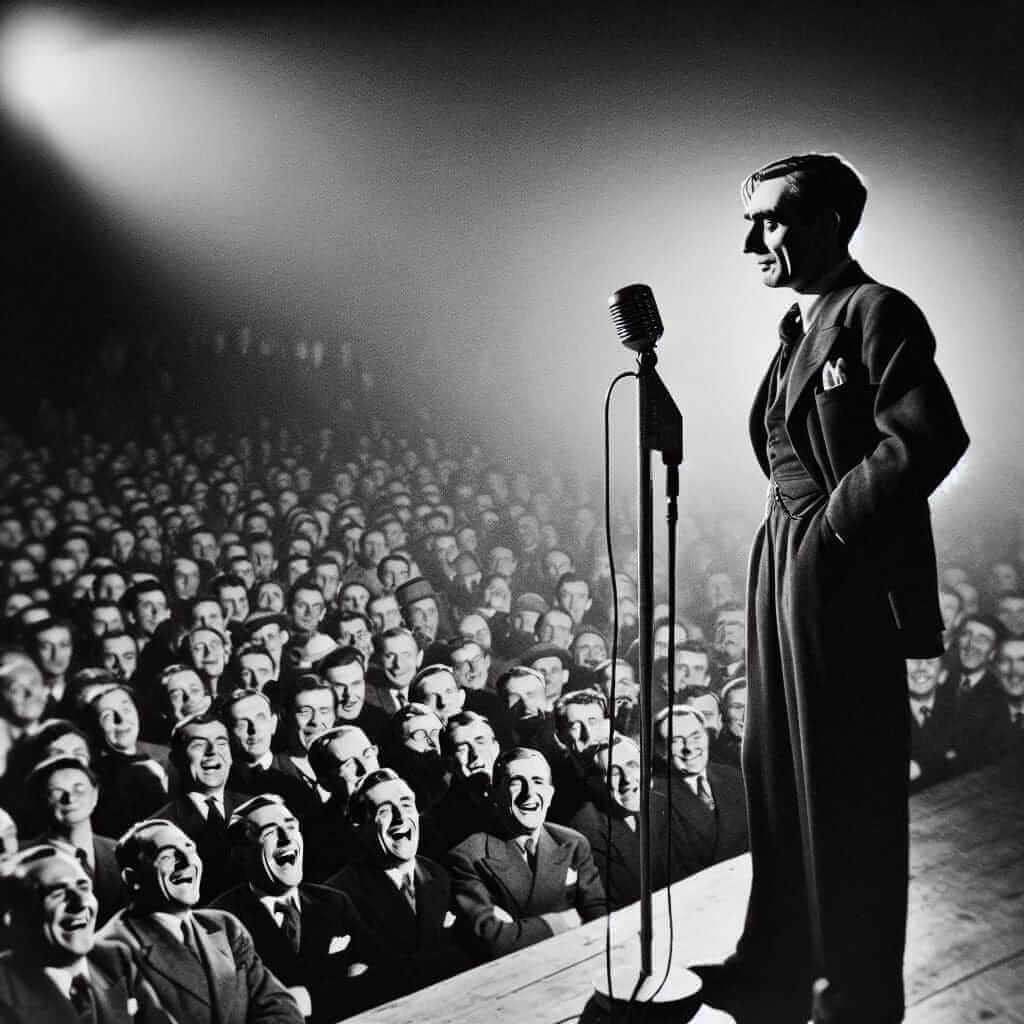As an IELTS instructor with over 20 years of experience, I often get asked about the “trickiest” parts of the reading section. While many students dread complex scientific texts, few expect to be stumped by humor. Yet, understanding humor in the IELTS reading exam can be crucial to achieving a high score.
Why Does Humor Matter in IELTS Reading?
Humor, particularly satire and irony, often rely on subtle language cues, cultural context, and a deep understanding of implied meaning. These are all skills that the IELTS assesses! Encountering a humorous passage in the reading section tests your ability to:
- Infer meaning: Can you go beyond the literal words to understand the underlying message?
- Recognize tone and attitude: Is the author being serious, sarcastic, or critical?
- Grasp cultural nuances: Does the humor rely on specific cultural references or shared knowledge?
Navigating Humor in IELTS Passages
Here’s how to approach humorous or satirical texts in the IELTS reading exam:
1. Be Aware of the Potential for Humor
Not every text will be humorous, but stay alert! Look for:
- Unusual vocabulary: Words like “ironically,” “absurd,” “bizarre,” or exaggerated descriptions.
- Unexpected situations: Events or scenarios that seem out of place or illogical.
- Juxtaposition: Contrasting ideas or elements placed close together for comedic effect.
2. Focus on Tone and Context
Once you suspect humor, pay close attention to:
- The author’s choice of words: Are they using formal or informal language? Are they using positive words to describe something negative, or vice versa?
- The overall purpose of the text: Is the author trying to entertain, persuade, or criticize?
3. Don’t Overanalyze
While it’s essential to understand the humor, don’t get bogged down trying to find a joke in every sentence. Focus on the main idea and how the humor contributes to it.
Example From an IELTS Reading Passage
Let’s look at a short example:
“The politician, known for his ‘colorful’ personality, claimed he had never told a lie in his life. The audience, however, met this statement with a roar of laughter.”

Analysis: The writer uses quotation marks around “colorful” to suggest the politician might be known for dishonesty. The audience’s reaction confirms this suspicion.
Tips for Success
- Read widely: Expose yourself to different types of humor in English, including satirical articles, cartoons, and sitcoms.
- Pay attention to cultural references: Familiarize yourself with common cultural touchstones in English-speaking countries.
- Practice, practice, practice: The more you read and analyze humorous texts, the better you’ll become at recognizing the cues.
Conclusion
Don’t let humor throw you off in the IELTS reading exam! By understanding the techniques used to create humor, you’ll be better equipped to decipher the meaning and ace the questions. Remember, a good laugh can also help you relax and perform your best on exam day.